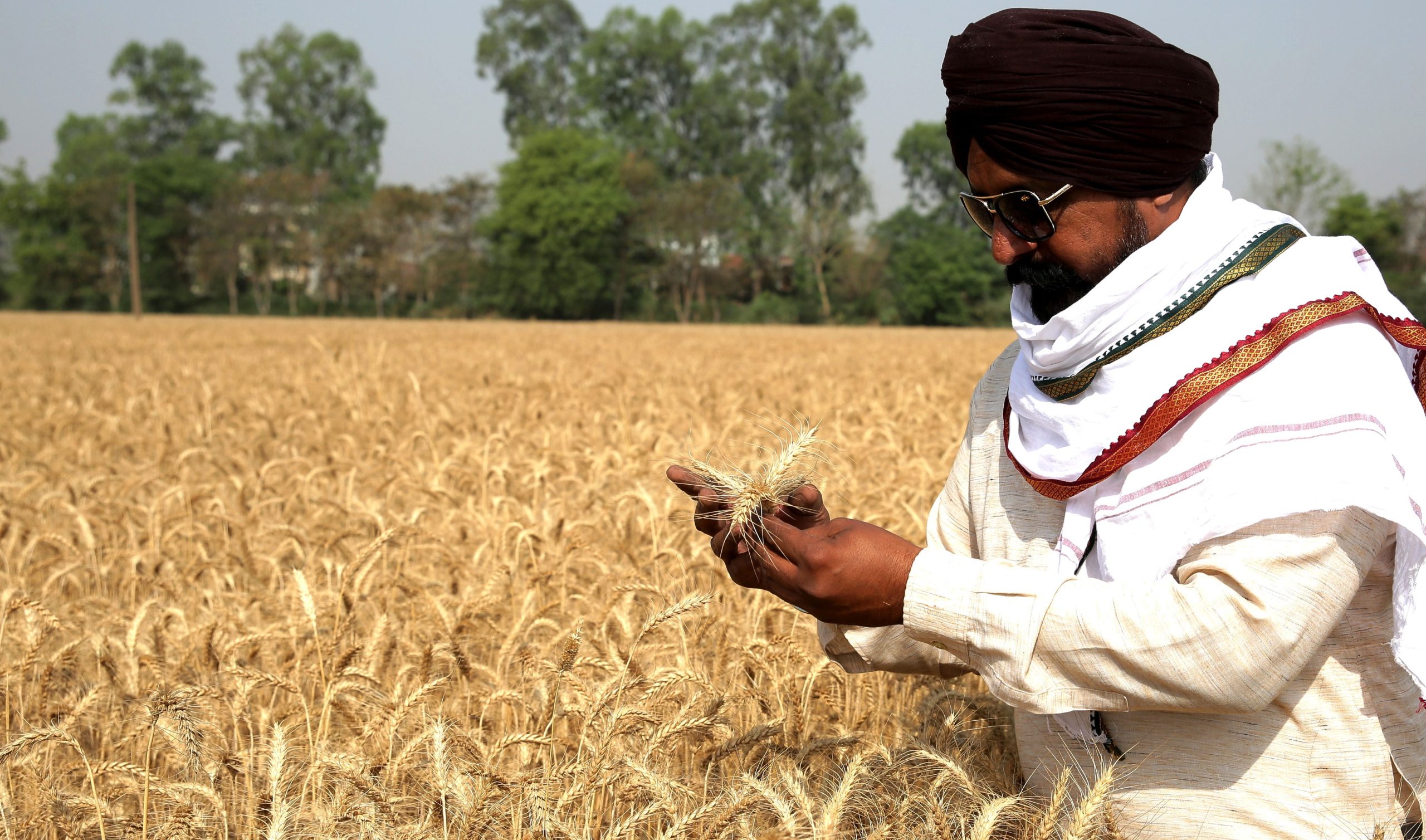After India banned wheat exports to control price rise, the country exported wheat worth USD 177 million in March and USD 473 million in April this year
Our Bureau
Mumbai
The global shortage of sugar has triggered the demand, hence Indian government has taken a precautionary step by putting a cap on the export of sugar to 100 lakh metric tons (LMT), the idea behind the sugar export restriction is to make prices of sugar stable, said Sudhanshu Pandey, Secretary, Department of Food and Public Distribution.
Pandey, while addressing a press conference here, said, “The government wants to ensure enough sugar stock availability in India, especially during sugar lean season of October and November which is the festival season in India. The global situation reflects a shortage of sugar, this may trigger the demand globally and so as to safeguard domestic availability and interests the step has been taken by the government.”
“Our first priority is to ensure sufficient availability of sugar for consumption at a reasonable rate, thereafter maximum sugar to be diverted to ethanol. Closing stocks should be approximately 60 LMT if any are to be exported. This Year India has produced 355 LMT of sugar, the highest in the world. India is the second-largest exporter of sugar. Total export should be about 100 LMT in the current sugar season 2021-22,” he said.
Secretary said that the industry indicates that sugar exports would hardly reach a 100 LMT figure, but still the government imposed a cap on exports as a Precautionary measure.
Meanwhile, weeks after the Central government banned wheat exports to control price rise, the Centre on Wednesday announced that India exported wheat worth USD 177 million in March and USD 473 million in April this year.
The government data highlighted that while India’s expected production of wheat for 2022-23 remains at near 105 million metric tons (MMT), it needs to fulfil domestic consumption requirements for its 130 crore population (30 MMT required for food security schemes such as National Food Security Act (NFSA), Pradhan Mantri Garib Kalyan Anna Yojana (PMJKAY) and other welfare schemes for near 80 crores poor and vulnerable population) while also providing humanitarian assistance to neighboring countries and other vulnerable nations. The government said that 42.7 MMT of wheat has been distributed under NFSA and PMGKAY in FY 2021-22.
“Among the wheat exporting countries, India ranked 19th in 2020, 35th in 2019, 36th in 2018, 36th in 2017, 37th in 2016, which shows that India has an insignificant share (0.47 per cent) while seven countries (Russia, the USA, Canada, France, Ukraine, Australia, Argentina) have the largest share in the overall quantity of wheat export in the past five years. A negotiation-based approach instead of conflict would have prevented removal of nearly a quarter of wheat exports from Russia and Ukraine,” the data read.
It further read, “Still, after the conflict began on February 24, 2022, India has exported wheat worth USD 177 million and USD 473 million in March 2022 and April 2022 respectively despite facing challenges of low wheat production as a result of an extreme heat wave that enveloped the northern part of the country that caused shriveled grains and resulted in drop in yield per acre.”
Sources earlier this month said that the government’s wheat procurement dropped by 53 per cent so far in the 2022-23 marketing year as compared to the year-ago period due to aggressive buying by private players for export purposes.
The government data on Wednesday further mentioned that the export restrictions have been a regular feature of major food producers which has adversely affected India too. On the other hand, India has taken the step towards the regulation of wheat exports in order to ensure food security of India, its neighbors and vulnerable countries.
Amid surging prices of food items due to the ongoing Russia-Ukraine conflict, Union Commerce and Industry Minister Piyush Goyal on Wednesday said India will continue to allow wheat export to countries that are in serious need, are friendly and have the letter of credit.
Speaking at the World Economic Forum, Goyal highlighted that while a 7-8 per cent rise in wheat production was expected this year, severe heat waves led to early harvest and loss of production. “Given this situation, what we are producing is about enough for domestic consumption,” the minister said.
He pointed out that India was never a traditional player in the international wheat market and the export of wheat only began about 2 years ago. “India wheat exports are less than 1 per cent of world trade and our export regulation should not affect global markets. We continue to allow exports to vulnerable countries and neighbors,” Goyal added.
























